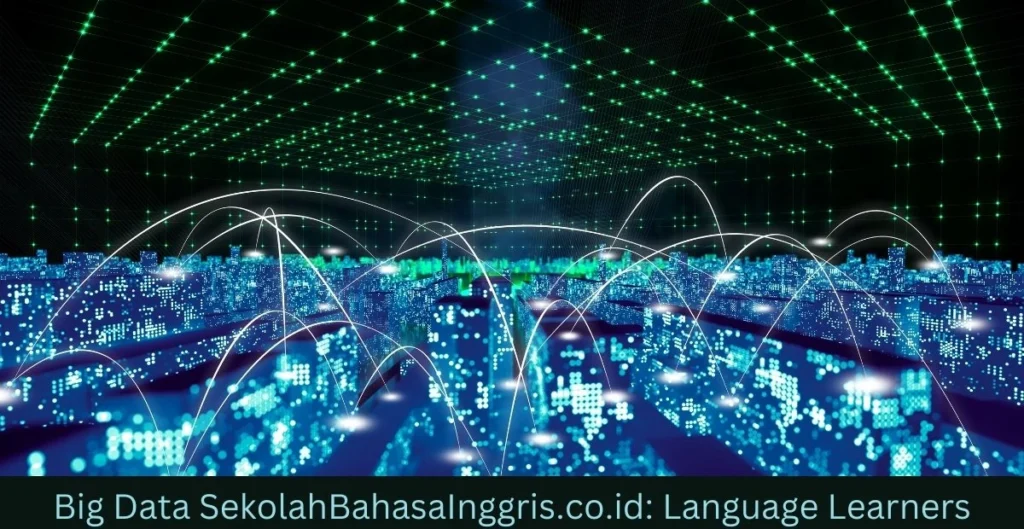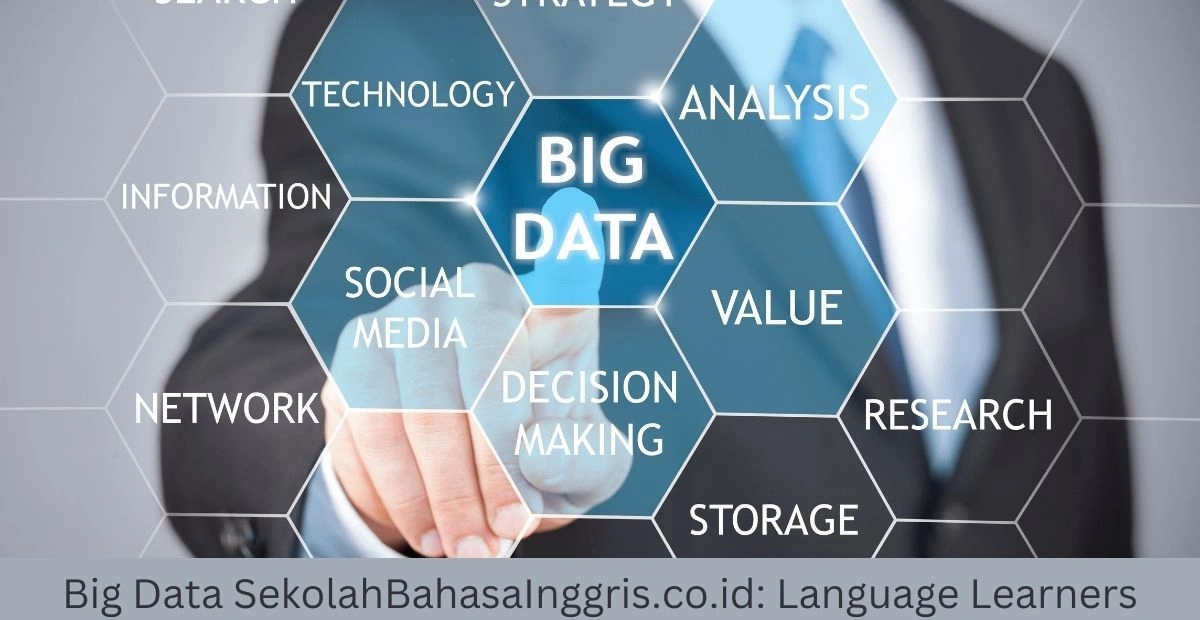In today’s rapidly evolving educational landscape, the integration of technology and data analytics has transformed the way we teach and learn. Big data sekolahbahasainggris.co.id is emerging as a powerful tool in the realm of language education, providing valuable insights that can enhance teaching methodologies. By harnessing data about student behavior, preferences, and learning outcomes, educators can tailor their strategies to boost student engagement and improve overall learning experiences. This article delves into the concept of big data, explores its benefits for students, and examines future predictions in language learning based on data insights.
What is Big Data?
Big data sekolahbahasainggris.co.id refers to the immense volume of structured and unstructured data generated daily from various sources, including social media, online learning platforms, and educational software. This data is characterized by its three Vs: volume, velocity, and variety. Volume refers to the sheer amount of data generated, velocity indicates the speed at which this data is processed, and variety pertains to the different types of data collected, ranging from text and audio to video and interactive content.
By analyzing patterns and trends within this data, educators can gain a deeper understanding of student needs, preferences, and learning styles. Big data sekolahbahasainggris.co.id enables teachers to identify which teaching methods resonate best with students and how they can adapt their curricula to optimize learning outcomes.
Benefits of Big Data for Students

The integration of big data sekolahbahasainggris.co.id in language education offers numerous advantages for students. Here are some of the key benefits:
1. Personalized Learning Experiences
One of the most significant advantages of utilizing big data is the ability to create personalized learning experiences. Data analytics can identify individual learning styles, strengths, and weaknesses, allowing educators to tailor lessons to meet the unique needs of each student. This personalized approach can lead to improved retention of language concepts, as students are more likely to engage with material that is relevant and suited to their learning preferences.
2. Early Intervention and Support
Big data sekolahbahasainggris.co.id also enables educators to identify students who may be struggling early on. By analyzing data on student performance, attendance, and participation, teachers can recognize patterns that may indicate a need for additional support. Early intervention can make a significant difference in a student’s language acquisition journey, ensuring that they receive the help they need to succeed.
3. Enhanced Engagement and Motivation
When lessons are tailored to student interests and learning styles, engagement naturally increases. Big data sekolahbahasainggris.co.id can provide insights into what topics or activities resonate most with students, allowing educators to design lessons that captivate and motivate learners. Engaged students are more likely to participate actively in class, complete assignments, and ultimately achieve better learning outcomes.
4. Improved Curriculum Design
By analyzing data on student performance and feedback, educators can refine their curricula to ensure it remains relevant and effective. Big data sekolahbahasainggris.co.id allows teachers to identify which materials and teaching strategies yield the best results, enabling them to make informed decisions about curriculum changes. This iterative process leads to continuous improvement in language education.
Read Also: Hindi Techie News: Latest Tech Updates in Hindi
The Future of Language Learning: Predictions Based on Big Data Insights

As we look ahead, the influence of big data sekolahbahasainggris.co.id on language learning is expected to grow significantly. Here are some predictions for the future:
1. Rise of Adaptive Learning Technologies
Future predictions suggest an increase in the use of adaptive learning technologies that leverage big data to create customized learning paths for students. These technologies will analyze student interactions and performance in real-time, adjusting the learning experience based on individual progress. This dynamic approach will enhance student engagement and promote better learning outcomes.
2. Advanced Data Analytics
With advancements in artificial intelligence and machine learning, the capabilities of data analytics will become even more sophisticated. Big data sekolahbahasainggris.co.id will enable more nuanced analyses, allowing educators to gain deeper insights into student behavior and learning patterns. This evolution will facilitate more effective teaching strategies and improve overall educational quality.
3. Focus on Lifelong Learning
The future of language education will increasingly emphasize lifelong learning, with big data playing a crucial role. As learners progress through different stages of their educational journeys, data analytics will help tailor language instruction to suit their evolving needs. This focus on adaptability will encourage learners to continue developing their language skills throughout their lives.
4. Increased Collaboration and Community Engagement
As data becomes more accessible, we may see a rise in collaborative efforts among educators, institutions, and even students themselves. Big data sekolahbahasainggris.co.id can facilitate sharing of insights and best practices, leading to improved educational outcomes on a larger scale. Collaboration will foster a sense of community, encouraging innovation in language teaching and learning.
Read Also: How to Watch Anime for Free on Aniwave Streaming Platform: Step-by-Step Guide
Conclusion
Incorporating big data sekolahbahasainggris.co.id into language education presents a remarkable opportunity to improve student engagement and outcomes. By understanding the wealth of information available and leveraging it effectively, educators can create dynamic and responsive learning environments. As technology continues to evolve, the potential for big data in language learning will only expand, paving the way for innovative teaching methods and enhanced student experiences.
FAQs
1. What types of data can be considered big data in education?
Big data sekolahbahasainggris.co.id can include student performance metrics, attendance records, interaction logs on learning platforms, feedback from assessments, and even social media activity related to language learning.
2. How can teachers start using big data in their classrooms?
Teachers can begin by utilizing educational technologies that incorporate data analytics, seeking training on data interpretation, and collaborating with data specialists within their institutions.
3. What are some challenges of using big data in language education?
Challenges include ensuring data privacy, the complexity of data analysis, and the need for proper training for educators to interpret and apply data insights effectively.
4. How can big data enhance personalized learning?
Big data enables educators to track individual student progress and preferences, allowing them to tailor lessons and resources to better suit each learner’s needs.
5. Will big data replace traditional teaching methods?
While big data will not replace traditional teaching methods, it will complement them by providing valuable insights that can inform and enhance educational practices.

